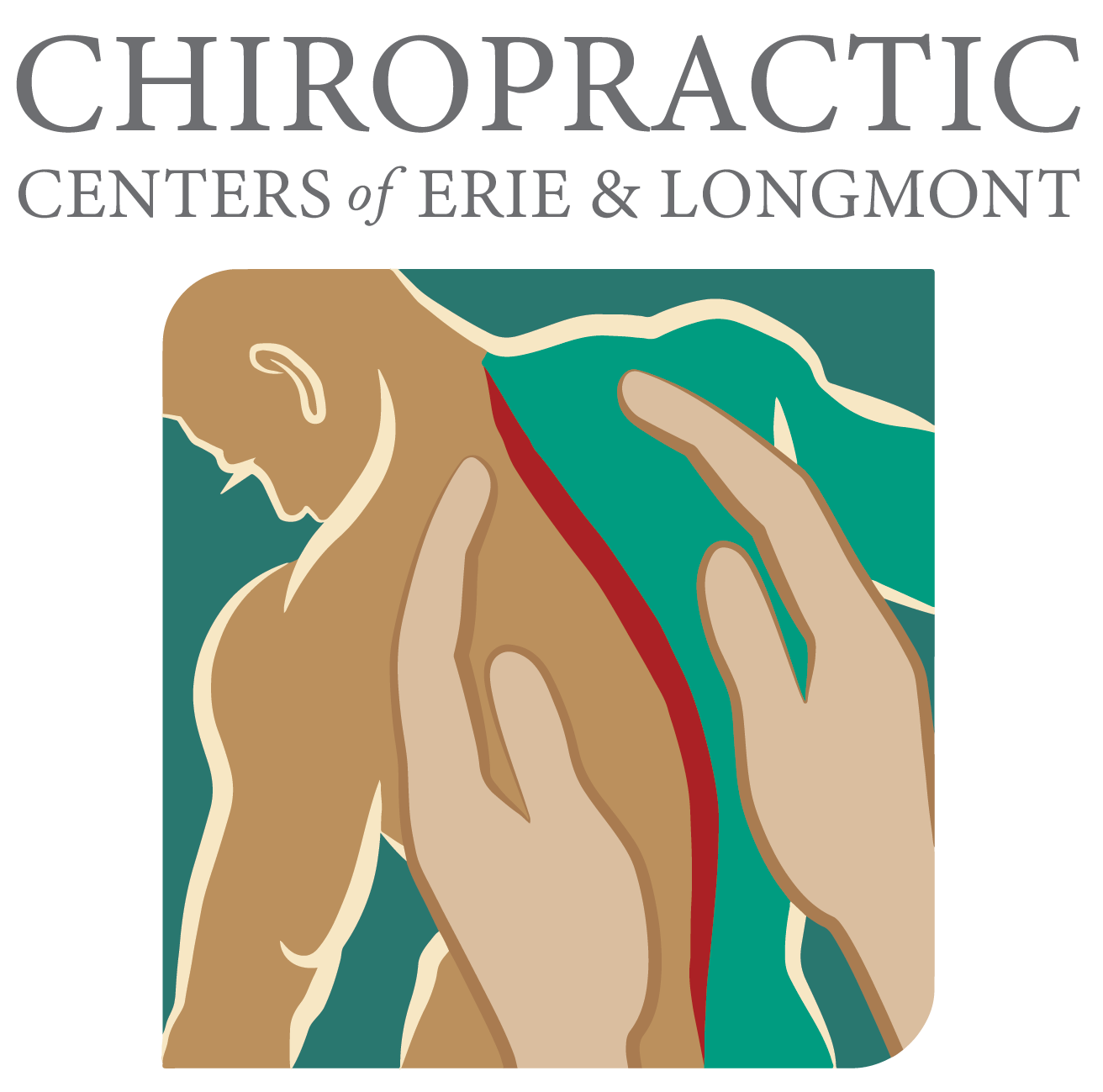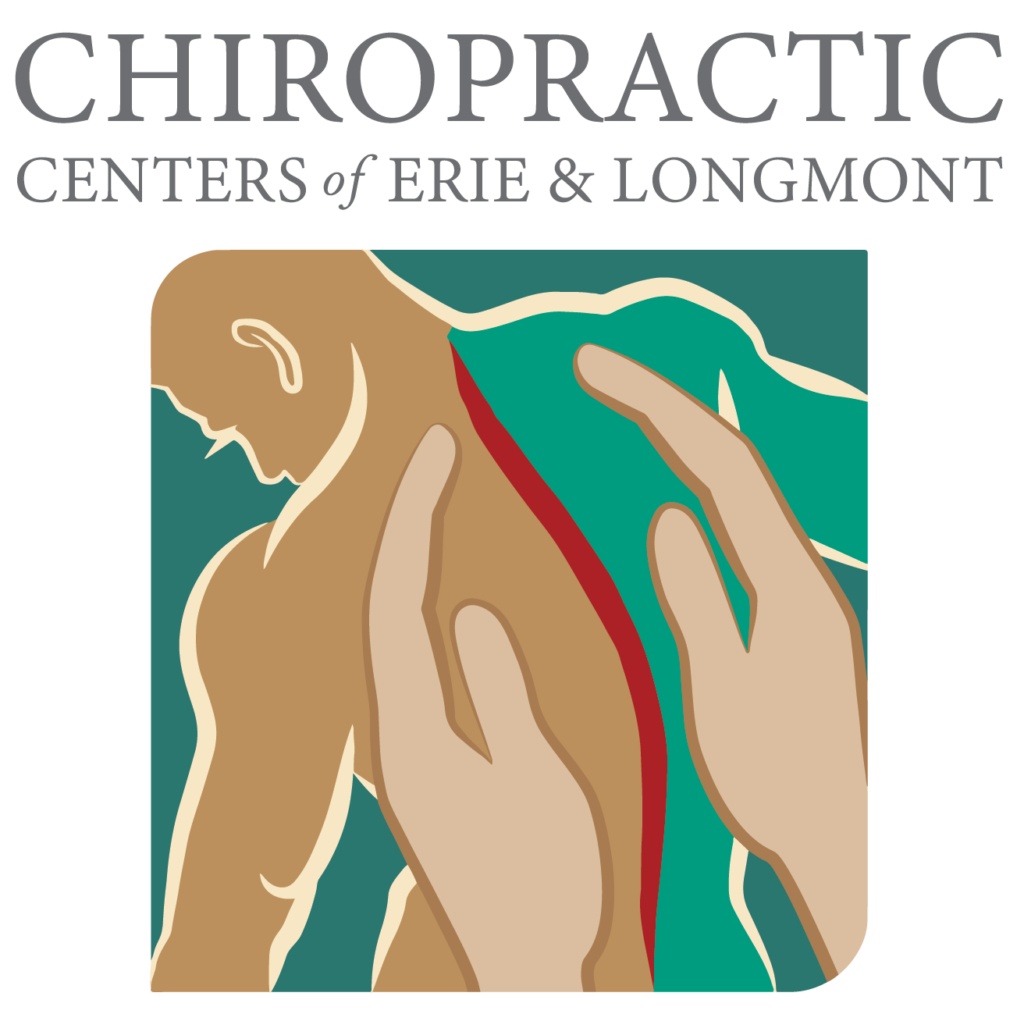Chiropractic Care for Neck Pain

If you have been living with chronic neck pain, you know how disabling it can be. It can make it difficult to perform everyday tasks, and often, neck pain limits your physical activity. You are likely tired of taking over-the-counter medications for temporary relief and concerned about the potential long-term effects of taking painkillers. If so, it is time to explore the natural solution to neck pain relief: chiropractic care.
Chiropractic care is a holistic, drug-free solution that focuses on the spinal column and is designed to correct subluxations, or misalignments, in the spine that can cause pain and discomfort. By restoring the body’s balance and normal functioning, chiropractic care works to provide relief from neck pain, headaches, and more! In addition to correcting alignment, many chiropractors even suggest lifestyle changes that can help relieve neck pain and related issues.
So, if you are struggling with neck pain and could not imagine a life without pharmaceuticals, read on. In this post, we will explore how chiropractic care can provide natural, safe, and effective relief to neck pain and what you can expect from a chiropractic session.
Quick Answer to Key Question
Chiropractic care is a holistic treatment option for chronic neck pain that focuses on correcting misalignments of the spine and restoring mobility. It can also reduce muscle tension and improve spinal stability, which can help relieve neck pain.
Understanding Chiropractic Care for Neck Pain
Chiropractic care is a proven form of natural healing that can be used as an effective solution for neck pain relief. It involves manual manipulation of the spine and other joints to help align the musculoskeletal structure and reduce stress on the nervous system. In addition, it can improve blood circulation in the area and increase the range of motion in the neck by stretching the muscles and ligaments that are not typically targeted with traditional medical treatments such as rest and anti-inflammatory medications.
Although chiropractic care is becoming increasingly accepted within medical circles, there remain some doubters who question its efficacy. Most studies show that chiropractic treatment is safe when conducted by qualified professionals and results in fewer long-term complications than medication or surgery.
It’s important to understand that chiropractic care isn’t just limited to neck pain relief – it can also be used to treat muscular-skeletal issues such as backache, headaches, sciatica, carpal tunnel syndrome, plantar fasciitis, tennis elbow, and more. Furthermore, regular visits to a chiropractor have been associated with improved immune system strength and reduced stress levels.
The evidence is clear: for those suffering from chronic neck pain, chiropractic care is both a safe and effective solution for relief. Now that we have discussed the benefits of chiropractic care for neck pain relief, let us turn our attention to what precisely neck pain is and how it develops.
What is Neck Pain?
Neck pain is a common type of musculoskeletal discomfort affecting the head, neck, and shoulders. It can be felt as a sharp shooting pain, an ache, or stiffness. Neck pain can range from mild to severe and is often accompanied by headaches, arm numbness or tingling, or shoulder pain. Some individuals with neck pain have difficulty performing everyday activities like sitting or driving for extended periods of time due to discomfort.
The causes and origins of neck pain can vary greatly. In some cases, neck pain may be simply related to posture issues or muscular fatigue. On the other hand, it can also involve underlying health conditions such as arthritis, spinal stenosis, fibromyalgia, pinched nerve, and muscle spasms. An individual’s age and activity level can impact the severity of their neck pain as well.
Chiropractic care is one possible solution to help alleviate neck pain symptoms naturally. In fact, studies have shown that chiropractic care improves cervical spine range of motion and diminishes neck stiffness when compared to inactivity or exercise alone. However, chiropractic care may not be suitable for all individuals with neck pain as there are various factors to consider before deciding if it’s the right choice for you.
Now that we’ve discussed chiropractic care for neck pain relief, let’s move on to learn more about the causes and risk factors of this condition. The types and severity of these factors can determine whether someone is at higher risk of developing neck discomfort and how it could affect them over time.
Causes and Risk Factors of Neck Pain
There are many probable causes and risk factors of neck pain, some of which are not always obvious. Poor posture is one of the main culprits-especially when it comes to sitting at a desk for extended periods of time or when lifting heavy items and not using proper form. The repeated strain on the muscles and joints in your neck can add up until you experience signs of inflammation, such as a sore neck or even tension headaches. Additionally, those with anxiety or depression are more likely to suffer from neck pain, due to the heightened stress response that both conditions often cause.
Certain medical conditions may also be responsible for contributing to increased neck pain- including rheumatoid arthritis, cervical degenerative disc disease, or spinal stenosis. Aging can also lead to an increased risk for neck pain due to our bodies’ general wear and tear as we get older- various degenerative changes in the spine can occur over time that will contribute to neck pain, as well.
Finally, there’s also evidence that suggests that sleep position is associated with the prevalence of neck pain- in particular people sleeping on their stomachs have been found to have a higher probability of having acute neck pain. Therefore, it is important to take note of what might be causing your neck discomfort beyond just posture to find relief.
In spite of all these potential causes and risk factors, there is hope! Chiropractic care may be able to provide natural relief for those struggling with chronic neck pain through safe and gentle adjustments- ultimately allowing individuals to reclaim some degree of control over their own health and well-being.
Benefits of Chiropractic Care
Chiropractic care has been suggested to be an effective form of relief for neck pain, especially due to its natural approach. Those who advocate for chiropractic care often purport that it can benefit neck pain in a variety of ways and provide more sustainable relief post-treatment, whereas more traditional medical treatments may not provide the same long-term results.
The benefits of chiropractic care include adjustments that boost the range of motion and reduce tension in the neck muscles. These adjustments are often accompanied by an increase in blood flow and oxygen supply while simultaneously reducing inflammation, tension, and fluid retention surrounding the affected musculature. This increased circulation helps rapidly heal injured tissues and helps improve self-comfort levels as well. Not only this, but research suggests that chiropractic treatment is likely to reduce or even eliminate the cause of irritated nerve endings, thereby specifically addressing its source.
It’s important to keep in mind that chiropractic is not a cure-all for all cases; for some individuals seeking neck pain relief, medical interventions may be necessary. Moreover, certain conditions could require additional forms of treatment such as physiotherapy or massage therapy. Consultation with a qualified healthcare professional can help determine which approach might be best suited to relieve your particular issue.
Overall, while the jury is still out on the definitive effectiveness of chiropractic care when used alone as a main therapy for neck pain relief, it is undeniable that its holistic approach should be considered among those looking to fix their discomfort naturally and at minimum risk. At any rate, it is worth exploring what other methods may be useful in alleviating one’s circumstances—the next step is to understand how they interact with various treatments available today to achieve optimal results.
Alleviation of Pain
When it comes to alleviating neck pain, chiropractic care is often seen as a viable option. This is largely due to the numerous benefits of chiropractic treatments that were discussed in the previous section. These treatments are non-invasive and drug-free, allowing for both a safe and natural solution to common neck problems. As a result, many people turn to this form of medical care as an alternative to more drastic solutions such as surgery or dangerous medications.
The effectiveness of chiropractic care in providing relief from neck pain varies from case to case. Some patients report immediate and long-lasting results after just one session, while other patients need multiple appointments before they start experiencing any kind of benefit. It all depends on the severity of the symptoms and the individual’s own body chemistry. Furthermore, some studies suggest that rehabilitation exercises combined with regular chiropractic adjustments can yield better results than just adjustments alone.
It should also be mentioned that not everyone finds chiropractic treatment helpful when it comes to relieving neck pain. There is a small percentage of patients who do not experience any positive effects even with repeated sessions. In some rare cases, they may even find their condition has worsened after undergoing this type of treatment. As such, it is important to consult your doctor beforehand and make sure that chiropractic care is right for you before embarking on this path.
In conclusion, chiropractic care can be beneficial for alleviating neck pain in the majority of cases if performed correctly and with the guidance of an experienced practitioner. As always, following a well-balanced diet, getting regular physical activity, and maintaining proper posture can also go a long way toward improving one’s overall health and helping alleviate spinal discomfort over time. Now that we have looked at the potential benefits of chiropractic care as an alternative solution for neck pain relief, let us move on to discuss what preparation is needed for receiving a successful treatment.
Preparing for a Chiropractic Treatment
Many individuals find that they are better able to tolerate chiropractic treatments after their bodies become accustomed to manual manipulation over time. Adequate rest prior to the treatment may also help reduce any discomfort associated with the adjustments. Additionally, research has suggested that regular chiropractic care may even help with other conditions such as headaches and low back pain as well as increasing joint mobility by improving muscle function throughout the body.
With careful consideration of these risks and benefits when preparing for chiropractic treatment and ensuring that the patient is well-rested beforehand, many individuals report positive results from their sessions and increased levels of comfort over time. As the body adjusts to this type of therapy, people often find that the adjustment process becomes less uncomfortable and even enjoyable in some cases. Understanding what to expect during a chiropractic session can help put both the evaluator and the patient at ease before beginning treatment. With this information in mind, let us move on to discuss this adjustment process in further detail.
The Adjustment Process
Chiropractic care is, at its heart, a hands-on approach to healing. During the adjustment process, the chiropractor will physically manipulate your spine or joints to loosen muscles and alleviate pain. A skilled practitioner will use techniques such as gentle massage, mobilization, and thrusts, which have been shown to be effective in relieving neck pain and any other musculoskeletal complaints. While this manipulation can feel uncomfortable, it should never cause enough discomfort to be unbearable – your chiropractor will work with you to find the right balance of intensity that is necessary for your treatment.
At the end of your appointment, ensure that you have received clear communication from your practitioner about any recommended post-treatment care. Depending on the severity of your neck pain before treatment, it may take multiple visits before feeling long-lasting relief; however, by starting these sessions with an open dialogue about expectations and progress, your chiropractor can help you determine whether additional adjustments might be necessary for better results. With a consistent follow-up plan laid out until full recovery, aftercare and continuing care plans become easier to establish and understand over time.
Aftercare and Continuing Care
The adjustment process for neck pain is the most crucial step in chiropractic care because it is what provides the patient with immediate relief from their pain. After that point, it is up to the patient to conduct an appropriate aftercare plan to continue to provide durable relief from their pain. It is also likely that a patient will need several more adjustments and treatments during their course of chiropractic care to ensure that their pain is continuing to be managed properly.
Regarding aftercare and continuing care, there are two distinct sides to the argument. On one hand, there are those who argue that following up with a chiropractor after the initial adjustment is essential to ensure long-term relief from neck pain. Reevaluations and further treatments are argued as being able to prevent flare-ups of neck pain later down the road. These proponents argue that without further intervention to keep the joints and muscles aligned, flare-ups of pain can occur due to simple postural changes throughout life.
Ultimately, both sides of this debate have evidence and data that support their positions but ultimately it comes down to the personal preference of each individual patient. Chiropractic care can provide ample relief for those suffering from neck pain, but it is important for each patient to assess their own needs afterward for them to find an aftercare plan that works best for them going forward so they may receive durable relief from their ailment.
Services
What We Treat
Patient Types
FAQ
Answers to Common Questions with Explanations
Chiropractic care utilizes a variety of different adjustments to help relieve neck pain. Specific adjustments vary depending on the type and causes of injury, but they mainly involve manipulating the cervical vertebrae and muscles. Some other adjustments commonly used in chiropractic include lumbar rolls, manipulation of the musculoskeletal system through manual therapy, soft tissue manipulation, mobilizations, and manual traction. Each adjustment is intended to improve mobility, reduce nerve sensation, restore joint range of motion, and ultimately reduce neck pain. Through these careful manipulations, many patients can experience improved movement and significant relief from their pain.
The results of chiropractic care for neck pain relief depend on several individual factors such as the severity and duration of your neck pain. It usually takes at least one to three visits before you will notice a difference. However, if the condition is more severe or chronic, it can take longer to see results from chiropractic care. Ultimately, most patients report significant improvement in the intensity and duration of their neck pain after regular chiropractic treatments.

